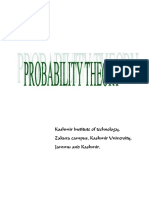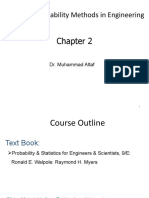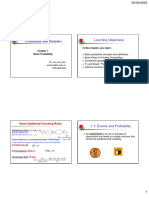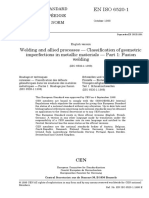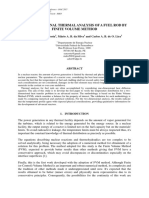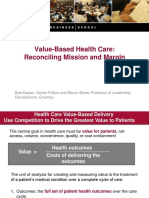0% found this document useful (0 votes)
73 views78 pages04 Cond Probability
Here are the key points about the law of total probability:
- It allows you to compute the probability of an event F by considering all possible cases that could lead to F occurring.
- Specifically, it breaks the probability of F into the sum of the probability of F given that some other event E occurs, plus the probability of F given that E does not occur.
- This effectively partitions the sample space into the case where E happens and the case where E does not happen.
- The law relies on the fact that these two cases (E occurs and E does not occur) partition the entire sample space, so their probabilities sum to the total probability of F.
- It is useful when the probability of
Uploaded by
Lester LoteronoCopyright
© © All Rights Reserved
We take content rights seriously. If you suspect this is your content, claim it here.
Available Formats
Download as PDF, TXT or read online on Scribd
0% found this document useful (0 votes)
73 views78 pages04 Cond Probability
Here are the key points about the law of total probability:
- It allows you to compute the probability of an event F by considering all possible cases that could lead to F occurring.
- Specifically, it breaks the probability of F into the sum of the probability of F given that some other event E occurs, plus the probability of F given that E does not occur.
- This effectively partitions the sample space into the case where E happens and the case where E does not happen.
- The law relies on the fact that these two cases (E occurs and E does not occur) partition the entire sample space, so their probabilities sum to the total probability of F.
- It is useful when the probability of
Uploaded by
Lester LoteronoCopyright
© © All Rights Reserved
We take content rights seriously. If you suspect this is your content, claim it here.
Available Formats
Download as PDF, TXT or read online on Scribd
/ 78











